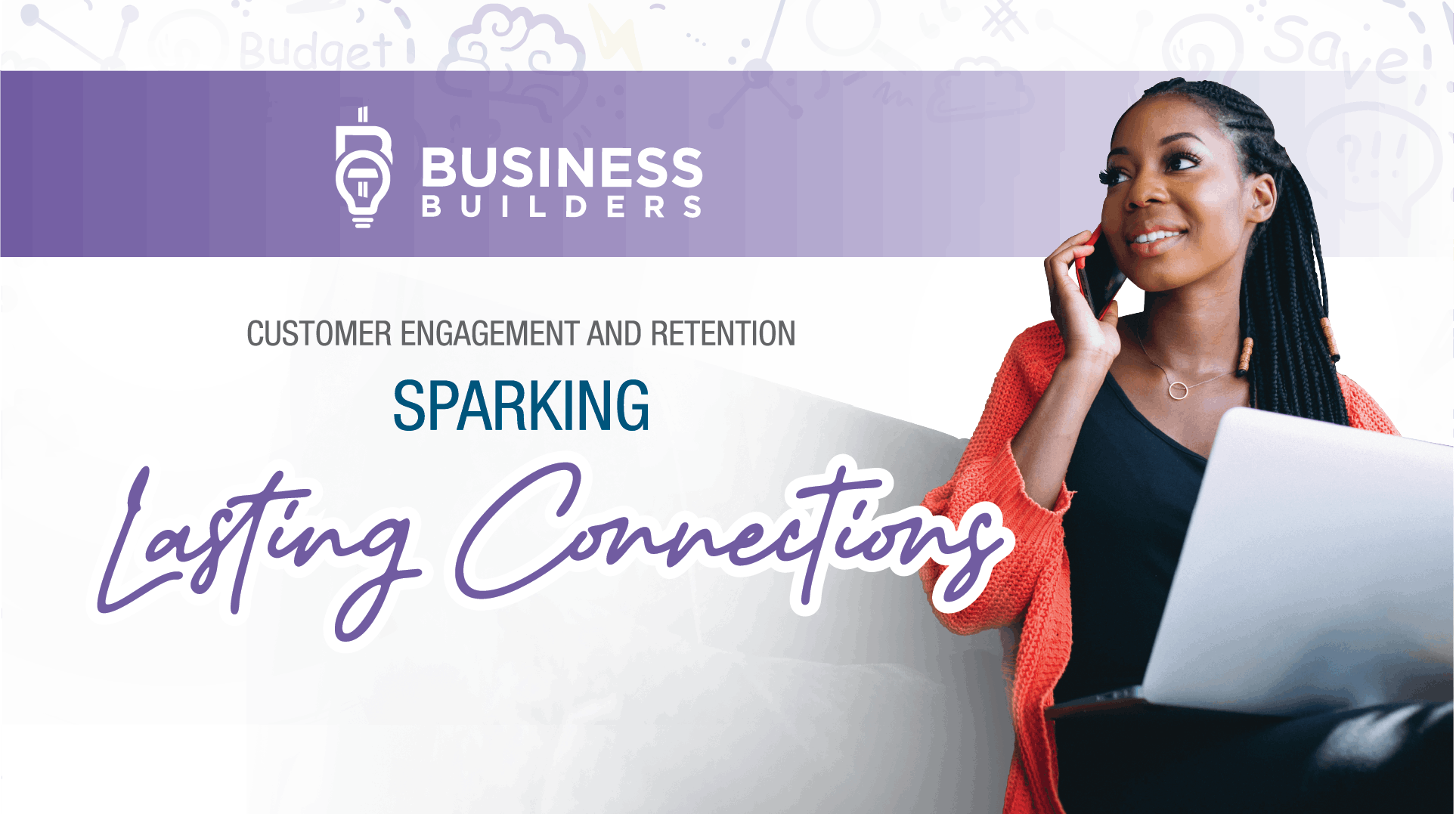
The Spark Within: Launching Your Entrepreneurial Journey
Have you ever dreamt of turning your brilliant idea into a thriving business? Maybe you see a gap in the market, a product that could change lives, or a service that could revolutionize an industry. If that spark ignites a fire in your belly, then you, my friend, might be on the path to becoming a young entrepreneur.
Entrepreneurship is more than just starting a business. It’s a mindset, a way of approaching the world with creativity, resourcefulness, and a healthy dose of risk-taking. It’s about identifying opportunities, turning problems into solutions, and building something from the ground up. But before you dive headfirst into the exciting world of startups, let’s explore the fundamentals and the fire that fuels successful entrepreneurs: passion and determination
The Entrepreneurial ABCs
Here’s a breakdown of the key ingredients needed to embark on your entrepreneurial adventure:
- Identifying a Need: What problem are you solving? What gap in the market are you filling with your idea? A successful business caters to a specific need or desire. Don’t be afraid to delve into customer research and understand the pain points your target audience faces.
- Building a Strong Foundation: This includes creating a solid business plan, a roadmap for your venture’s growth and success. Your plan should outline your financial projections, marketing strategies, and operational processes.
- Resourcefulness: Entrepreneurs often have to wear many hats, especially in the initial stages. Be prepared to learn new skills, from basic accounting to social media marketing. Embrace online resources, workshops, and mentorship opportunities to equip yourself with the knowledge you need.
- Adaptability: The world of business is ever-changing. New technologies emerge, consumer preferences shift, and economic landscapes evolve. Be prepared to pivot your ideas, learn from failures, and constantly adapt to market trends. Don’t be afraid to experiment, test new approaches, and stay agile in your decision-making.
Passion: The Fuel for Your Journey
Now, let’s talk about the driving force behind every successful entrepreneur – passion. This isn’t just about liking your idea; it’s about a deep-seated belief in its potential to make a difference. It’s the unwavering conviction that your product or service can improve lives, solve problems, or create positive change. Here’s why passion is crucial:
- Motivation: Passion will keep you going when the road gets tough. It’ll fuel the late nights, the tireless hustle, and the unwavering dedication needed to turn your vision into reality. When faced with challenges and setbacks, your passion will rekindle your motivation and push you forward.
- Innovation: True passion fosters creativity. It allows you to see possibilities where others see limitations. Fueled by your enthusiasm, you’ll be more likely to develop innovative solutions, explore unconventional approaches, and think outside the box. This innovative spirit will set your venture apart from the competition.
- Connection: Passion is contagious. Your enthusiasm for your idea will resonate with potential customers, investors, and collaborators, drawing them into your story. When you speak about your business with genuine passion, it inspires trust, builds relationships, and attracts those who share your vision.
Determination: The Spark That Ignites Success
Passion is the fuel, but determination is the spark that ignites the fire. Building a business takes grit and perseverance. There will be setbacks, challenges, and moments of doubt. But with unwavering determination, you can overcome obstacles and keep pushing forward. Here’s how determination can empower you:
- Resilience: Failure is inevitable in the world of business. It’s a natural part of the learning process. Determination allows you to bounce back from setbacks with grace and resilience. You’ll learn from mistakes, adapt your approach, and come back stronger than ever.
- Problem-Solving: With a determined spirit, you’ll be equipped to tackle challenges head-on. You’ll develop creative solutions and find innovative ways to overcome hurdles. When faced with roadblocks, your determination will fuel your resourcefulness and push you to find unconventional solutions.
- Focus: Determination fosters laser focus. You’ll be able to prioritize tasks, stay on track, and avoid distractions that can derail your progress. There will be countless competing demands for your time and attention. But with unwavering determination, you’ll be able to maintain focus on your long-term goals and keep your venture moving forward.
The Takeaway
The path of an entrepreneur is an exciting adventure, but it’s not for the faint of heart. It requires a strong foundation in business fundamentals, a dash of resourcefulness, and a whole lot of passion and determination. If that spark of entrepreneurship burns brightly within you, don’t let it fade. Embrace the challenges, nurture





